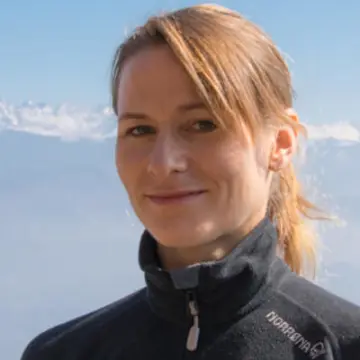THIS CONTENT IS BROUGHT TO YOU BY the University of Bergen - read more
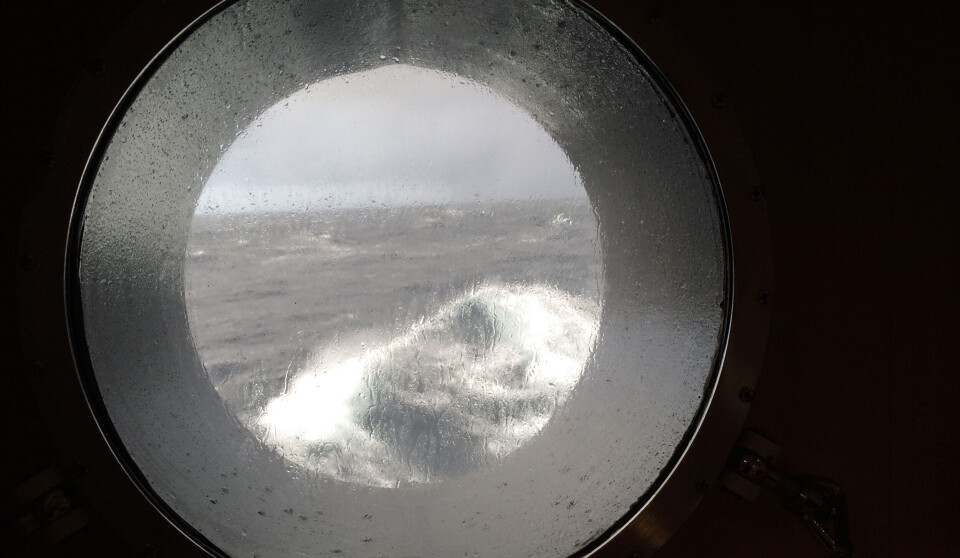
Researchers play hide and seek with CO2
To know whether emission treaties are complied with, we must be able to track CO2. Incomplete bookkeeping sent researchers on a search in the Greenland Sea.
“We thought we had control,” Professor Are Olsen frowns and sighs. “But we have lost it.”
As so often happens, the research leader from the Bjerknes Centre and the Geophysical Institute at the University of Bergen is talking about CO2. But what worries him this time is not uncontrolled emissions.
The concern stems from our incomplete surveillance of CO2, a gas as elusive as a ghost.
The 'we' is Earth's population, and we have lost track of where the CO2 we emit ends up.
Oceans and forests absorb CO2
When we release CO2 into the atmosphere by burning oil and coal, some of it remains in the air. The rest is absorbed by the ocean and by vegetation on land.
Tracking this distribution is crucial.
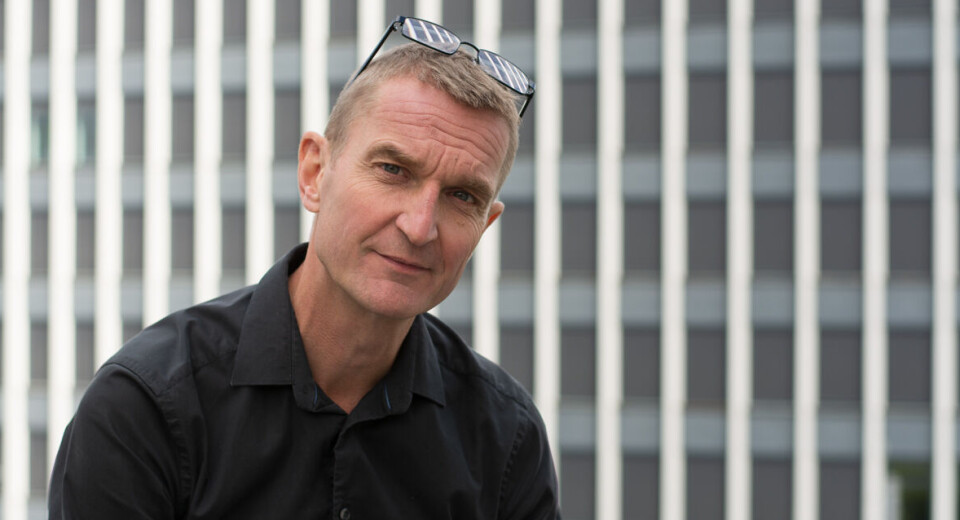
“Unless we can account for all CO2, we will not know whether emission cuts help,” Olsen explains.
Nor can we know if anyone cheats by underreporting their emissions.
An unbalanced budget
Every autumn, the global carbon budget is updated. Technically, it's a balance sheet with four components.
Greenhouse gas emissions are balanced against how much is absorbed by the ocean and vegetation on land, together with the amount remaining in the atmosphere:
EMISSIONS = UPTAKE BY OCEANS + UPTAKE BY FORESTS + CHANGE IN THE AIR
In recent decades, no one has been able to balance the equation. We have emitted more CO2 than we are able to track:
EMISSIONS = UPTAKE BY OCEANS + UPTAKE BY FORESTS + CHANGE IN THE AIR+ SOMETHING GHOSTLIKE, HIDDEN AND ESCAPED
Lost at sea
The deviation constitutes 2.5–3 per cent of the global emissions. A tiny contribution?
“Almost a billion tonnes," says Olsen.
Together with colleagues from the University of Bergen, NORCE, and the Bjerknes Centre, he has found some of the missing tonnes. They lie in the Greenland Sea, at depths of 1,500–2,000 metres.
Sinking water drags CO2 into the abyss
Up till now, the ocean has absorbed one quarter of all CO2 emitted by humans. Sinking water lies behind the sizeable uptake.
Water exposed to the air above quickly becomes saturated and unable to absorb more CO2. If surface waters had not sunk, the uptake would have been limited.
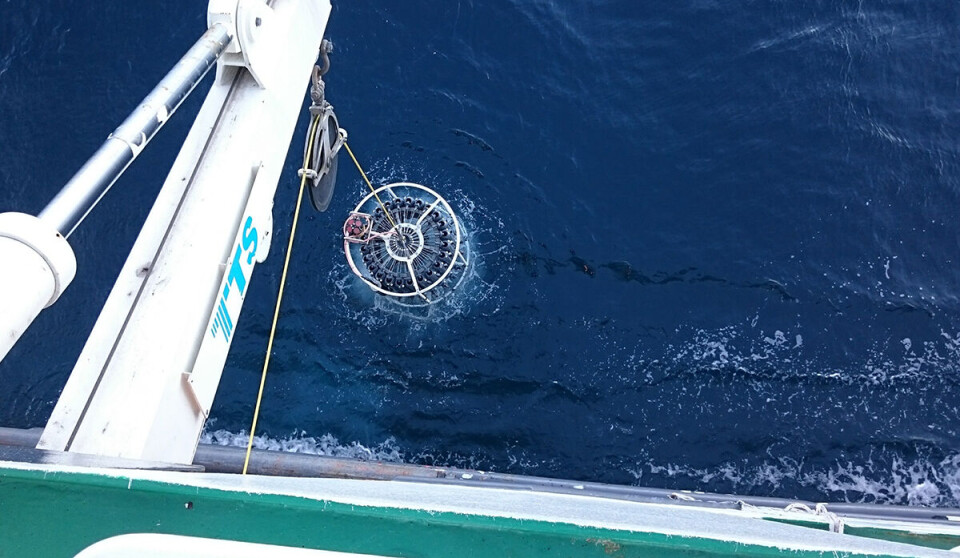
Downwelling – the process where surface water sinks into deeper parts of the ocean, usually driven by winds or differences in water density – occurs in the Southern Ocean and in some parts of the North Atlantic Ocean, including the Nordic Seas.
In these regions, surface water is cooled and sinks to the ocean floor. As it descends, the water pulls carbon with it, both man-made and natural. This allows the ocean to remove more CO2 from the atmosphere than it otherwise would.
This has always been the case, and this uptake can be calculated. But circulation changes disrupt the equation. During the last decades, the sinking in the Greenland Sea has been more vigorous than it used to be.
A deepwater revolution
“In 2002, the Greenland Sea had already changed,” says Olsen.
On a research expedition that year, he and his colleagues sampled a transect at 75 degrees north from Bear Island to Greenland. At specific intervals, they lowered devices for collecting water samples and measured the amount of carbon in the water, from the surface to the floor, nearly four thousand metres below them.
In the sea, CO2 forms other chemical compounds containing carbon. What is measured is not the gas itself, but the total amount of carbon dissolved in the water.
The data from 2002 documented a clear change.
The opposite of natural
Normally, water near the ocean floor will be the richest in carbon. This is because dead algae and other creatures decompose into carbon and sink. The 'older' the water is – the longer it has been since it was exposed to the atmosphere – the more carbon it contains.
This time, the researchers found carbon evenly distributed throughout the water column.
When they returned in 2016, they found the distribution to be even more strange. The highest concentration of carbon was found in the younger water – not just near the surface, but down to depths of 1,500–2,000 metres. The distribution was opposite of what is considered normal.
These findings indicate that the Greenland Sea absorbs more CO2 from the air than before, and that carbon is being transported more efficiently down into the depths.
Tonnes of CO2 had been located. Still, the game of hide and seek was not over.
Carbon is not just carbon
Carbon in the sea can come from dead algae, seaweed, seals, or cod. How could the researchers know that the carbon they found in the Greenland Sea came from coal and oil – that these were the ghostlike tonnes needed to make the math work?
Living organisms consist of more than just carbon. When biological material decomposes, the nitrogen content of the water increases, while oxygen levels decrease.

If the changes were due to decomposing sea creatures, this should be notable in the levels of nitrogen and oxygen. It was not.
This makes Are Olsen sure that the extra carbon comes from human-caused CO2.
Human carbon reaches deeper
More CO2 in the air makes the surface water absorb more CO2.
In recent decades, increased downwelling in the Greenland Sea has transported more water and more carbon away from the surface.
In 2002, more than 50 years had passed since the water at 1,500 metres' depth was at the surface. Water at the same depth in 2016 had, in some places, spent less than 10 years on the same journey.
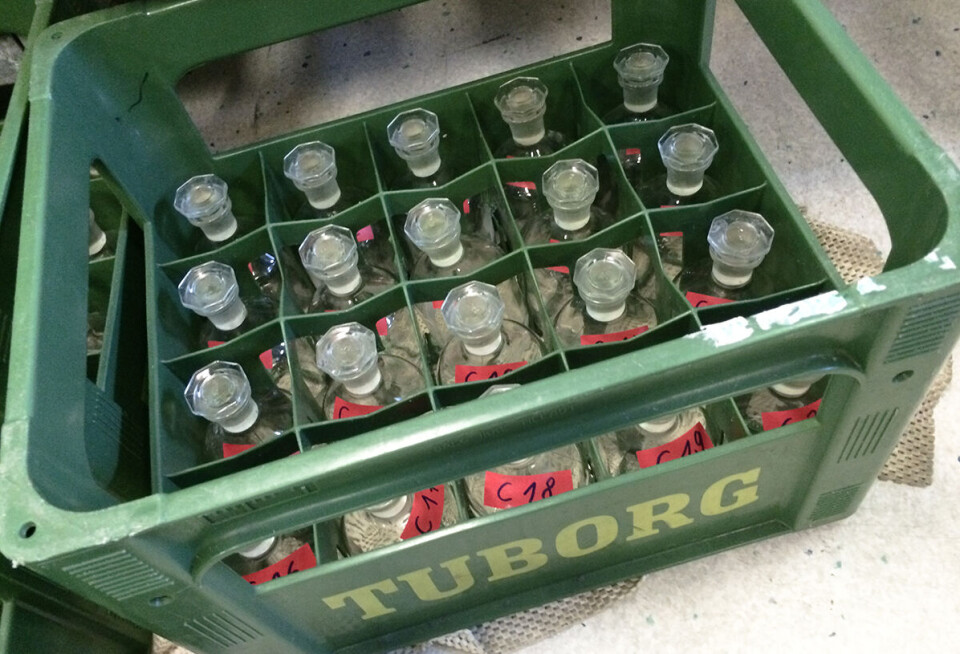
“A billion tonnes of CO2 is not likely to be hidden in the Greenland Sea. But it's far from unthinkable that the rest can be found in the world's oceans,” says Olsen.
Changes in downwelling in other ocean regions may have removed similar amounts there.
Oceans are long-term storage spaces
Tonnes of man-made carbon have been dumped into the ocean. Would we have any chance of extracting it? Pull the ghosts out of the Greenland Sea and lock them up in a secure place?
“No,” Olsen answers bluntly. “And there would be no point in doing that. Just nonsense! The carbon stays in the ocean.”
The deep water from the Greenland Sea is so heavy that it sinks to 6,000 metres when it flows out into the North Atlantic. In that water lies carbon that can be traced back to our CO2 emissions – out of sight, out of reach, out of the atmosphere, and not contributing to the greenhouse effect.
Only in a thousand years will the water and carbon reach the surface again. By then, we may have found a better solution.
Reference:
Olsen et al. In the Wake of Deeper Convection: Nonsteady State Anthropogenic Carbon in the Greenland Sea, Journal of Geophysical Research: Oceans, vol. 129, 2024. DOI: 10.1029/2023JC020462

This content is paid for and presented by the University of Bergen
This content is created by the University of Bergen's communication staff, who use this platform to communicate science and share results from research with the public. The University of Bergen is one of more than 80 owners of ScienceNorway.no. Read more here.
More content from the University of Bergen:
-
Quantum physics may hold the key to detecting cancer early
-
Researcher: Politicians fuel conflicts, but fail to quell them
-
The West influenced the Marshall Islands: "They ended up creating more inequality"
-
Banned gases reveal the age of water
-
Researchers discovered extreme hot springs under the Arctic
-
Tiny particles unlock vinegar’s hidden healing potential







